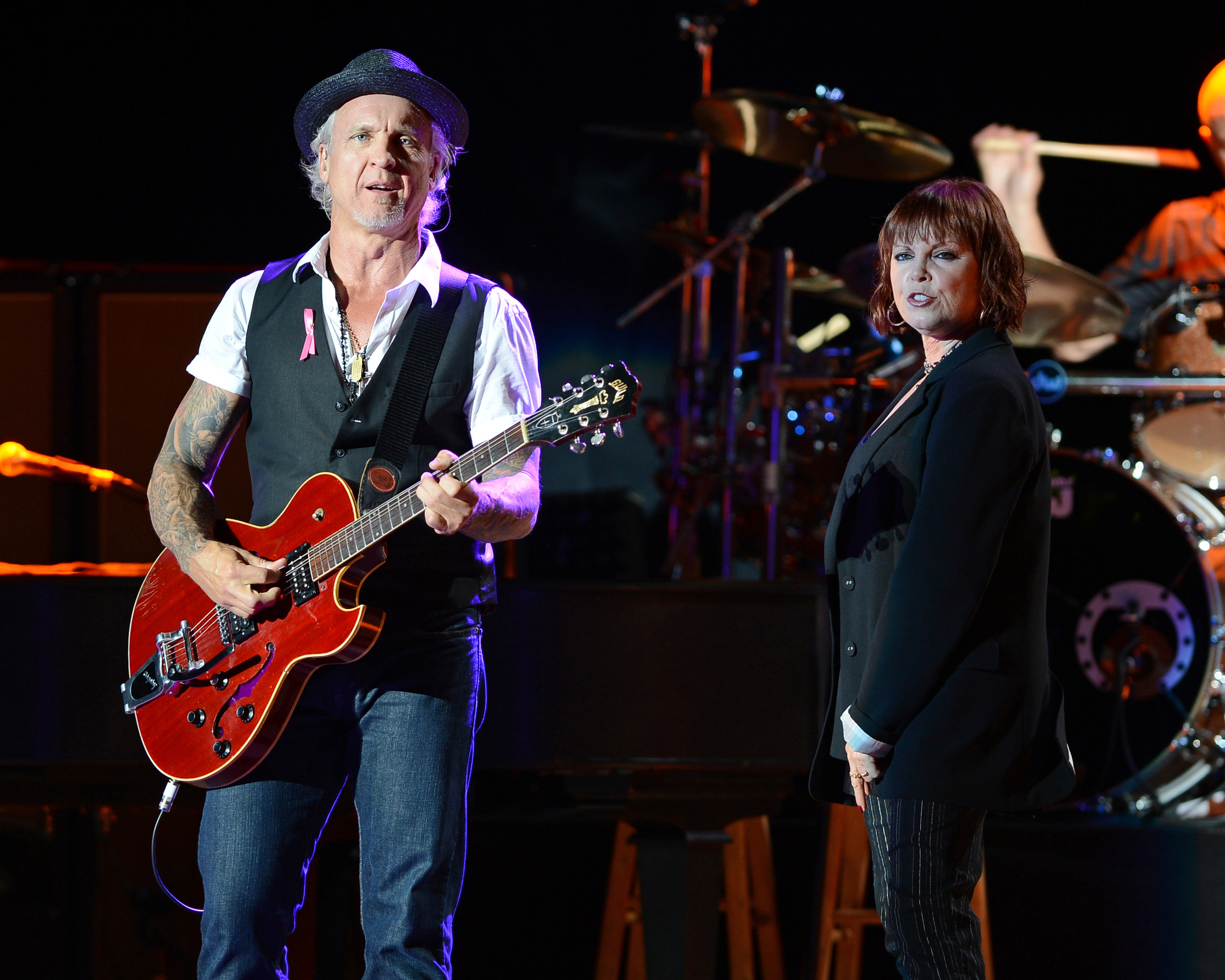
Neil Giraldo's top 5 tips for guitarists
Anybody who’s come within a country mile of a radio during the past 35 years has heard - and marveled at - Neil Giraldo’s astonishing guitar playing. On a glittering cavalcade of Pat Benatar smash hits, his crafty, melodious licks and robust solos have come roaring out, brimming with spunk and considerable charm, enlivening that which already seems like perfection.
He’s the kind of guy who makes it seem so easy - you can just picture a teenaged Giraldo dishing out riffs for astonished classmates and then coolly shrugging it off like, “No big deal.” But the guitarist maintains that he’s had to work at it - the soloing aspect, especially.
“I didn’t have a lot of dexterity when I started out,” he says. “My mantra became, ‘I’m going to learn three chords and make them sound like God is playing them.’ Solos and everything else took a back seat for a while. Eventually, I figured that stuff out.”
That he did - Giraldo’s prodigious chops earned him a prime spot in Rick Derringer’s touring band, his first big-time gig before his eventual musical and marital partnership with Benatar.
“I learned a lot from Rick,” Giraldo says. “One thing that’s stayed with me is an observation he made. He said, ‘You sound like yourself. Don’t think that you can go on somebody else’s rig and sound like them. That ain’t gonna happen.’”
Giraldo decided to test out Derringer’s perceptiveness: “I plugged into Rick’s rig, 'cause he got such a great sound, and wouldn’t you know it? I sounded just like me!’ Rick was right, and that was a very important thing for me to realize: I had my sound, and I should own it.”
On the following pages, Giraldo runs down his top five tips for guitarists.
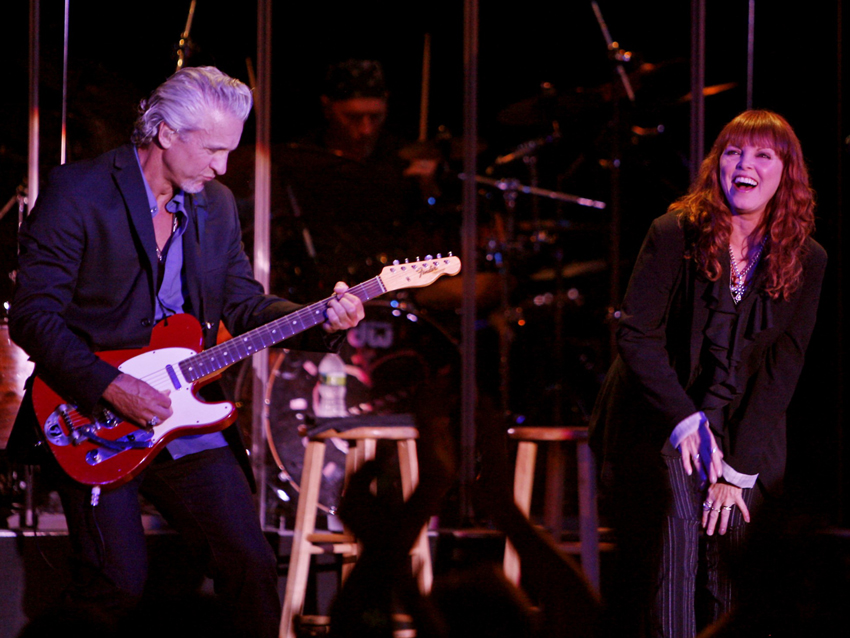
Pay attention to the song
“You need to understand your role as a guitar player and how you can help make the song the star. Being a good rhythm player should be at the heart of what you do. You can’t be an effective member of a band without being a strong rhythm player.
“To me, guitar solos are simply an extension of the melody; they’re something you hear when the singer takes a break. I try to make the solos memorable as part of the song, not just the usual ‘hey-look-at-me-I’m-playing-a-solo’ kind of thing. I also want the solos to stick in people’s heads. Ideally, listeners should be able to sing the solo just as they would the chorus of the song. I try to think about my intro and my outro - if I can get those right, usually whatever I do in between will work out.
“During verses and choruses, I’m thinking like a drummer; in fact, I’m a frustrated drummer. I can play drums - not well, but I’ve got a cool feel. That’s how I approach a lot of guitar parts. I’m trying to work the groove and play a lot of inside stuff. You’ve got to listen to the song, listen to what singer is doing, and pick your moments. Get the track to swing. Again, it’s always about servicing the music. Just like a drummer can’t always go off and be flashy, a guitar player has to work the track and be supportive.”
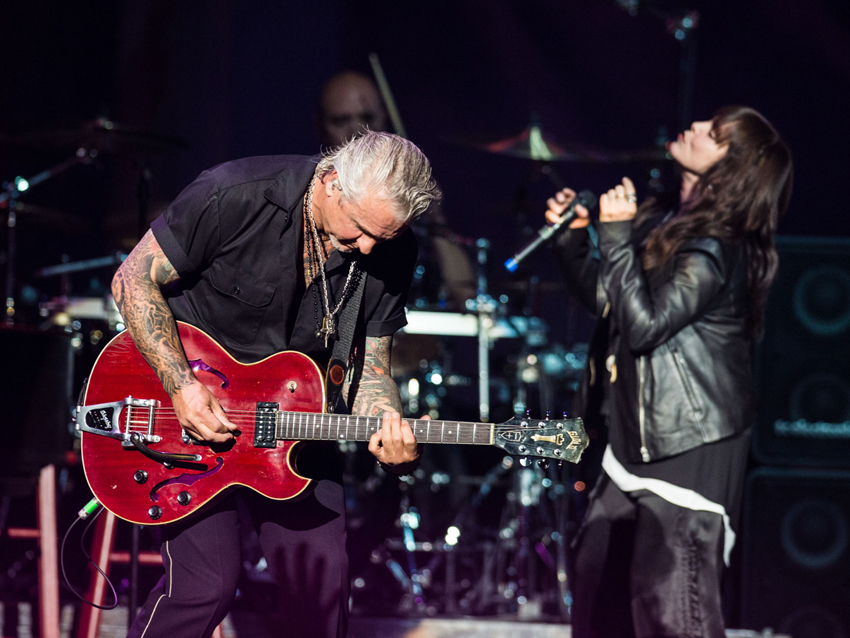
Be fluid
“If you’ve got extreme fluid dexterity, go ahead use it, but don’t force it. If you don’t have it, use what you’ve got. Years ago, I helped a neighbourhood guitar player named Blake Mills - he was 13 or 14 at the time. He’s doing great now - he’s in demand for sessions and he’s releasing records - but when he was starting out, I’d go to his house and show him some things. He really wanted to play fast, but I told him, ‘First, you’ve got to work on a quiver - a vibrato - and your string bending. Think about the inside stuff.’
“His fingers were so fast, so having natural dexterity wasn’t the problem. I told him, ‘If you want to use that, go right ahead, but understand how to use it. Don’t force it. Let it be an extension of your playing.’ Of course, if he didn’t have that ability, he’d have to use what wasn’t there.
“It’s like the physical attributes of a baseball player. If you can throw 95 miles per hour, and if you’re really good at it and your arm holds up, do it. Use that ability. If you’re an 85 mile-per-hour curveball pitcher, don’t try to throw fastballs - the batters are gonna hit when you give ‘em. Whatever you’ve got, be that, but understand what you’ve got.”
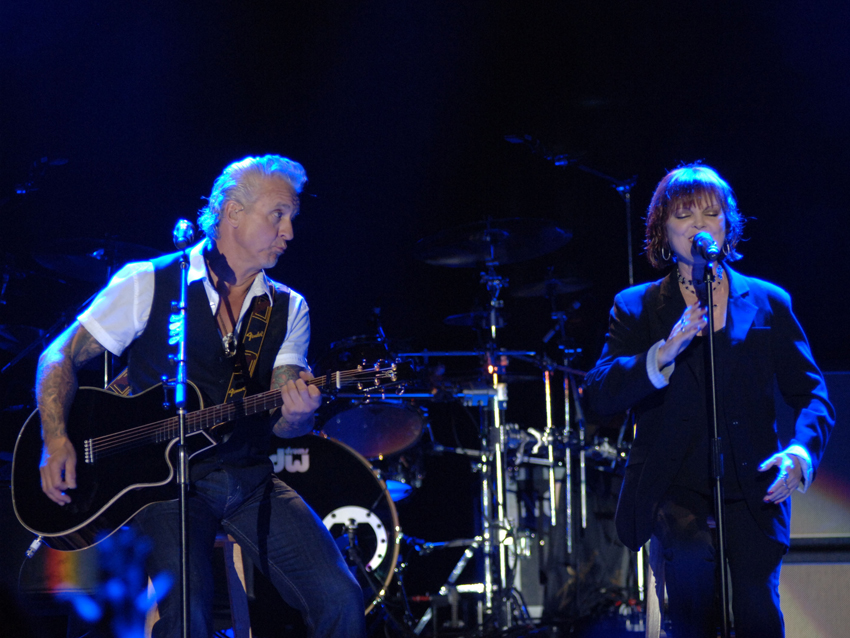
Never stop learning and listening
“I find something good in every guitar player. I travel all over and I’ve heard so many players. People come to me and say, ‘Hey, have you heard so-and-so?’ And if I haven’t, I’ll go and check the guy out, and it’s like, ‘Whoa… He’s phenomenal!’ They’re everywhere.
“The point is, you want to be inspired, and you want to inspire other people. You want to get other guitar players to really listen - it helps all of us. Pay attention. You never stop learning, and you shouldn’t want to stop. You’ll never get so good that you don’t need to know more. Everybody has something to offer you if you just take the time to absorb it.”
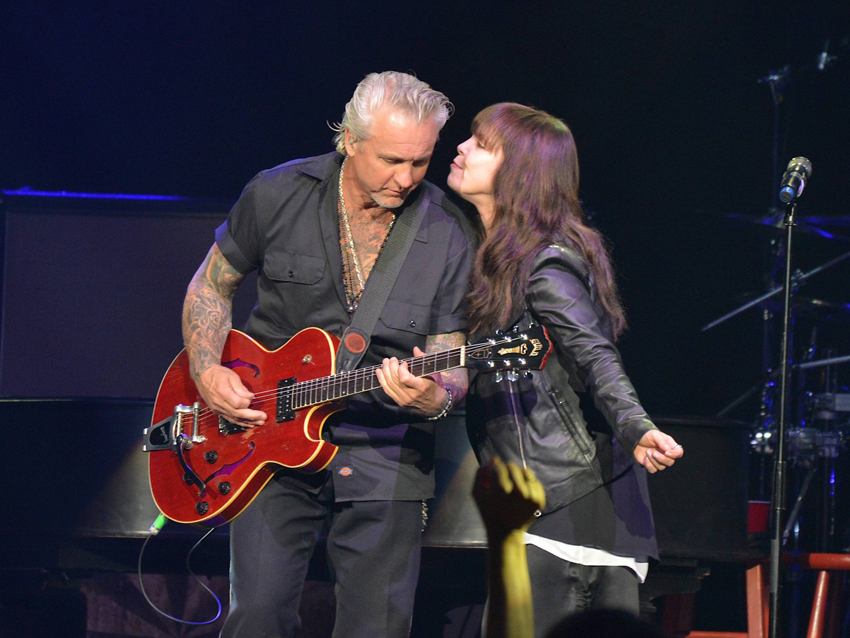
Pay attention to both hands and their functions on the guitar
“I remember when I met Patricia. We were talking, and I was just sort of playing around on the guitar, and she said, ‘I’ve never heard anybody play like that.’ She didn’t grow up in the rock 'n' roll world - she came out of cabaret and things like that - but she noticed right away that both of my hands were equal on the guitar.
“This is something I’ve always tried to develop, the equal importance of what each hand does. My right hand mutes the bridge so much that I could never use a Floyd Rose. Floyd gave me one early on, and I just couldn’t take to it. Without meaning to, I would play sharp all the time. See, I strum, but I still mute the bridge. Having a strong attack with my right hand became a vital part of the foundation for my playing.
“An interesting side note to that: because I mute the bridge so much, I get a lot of low end in my sound. I never really have to put low end on my amps - I set it maybe to 2. I don’t need low end because I’m getting it myself from the way I play.
“The left hand is important, too. You want to be fluid and know how to work your way around the neck, but don’t forget about that right hand. Both hands should correspond to each other. You should have balance. If one hand isn’t working with the other, you’re going to be out of whack. Something is going to sound 'off'.”
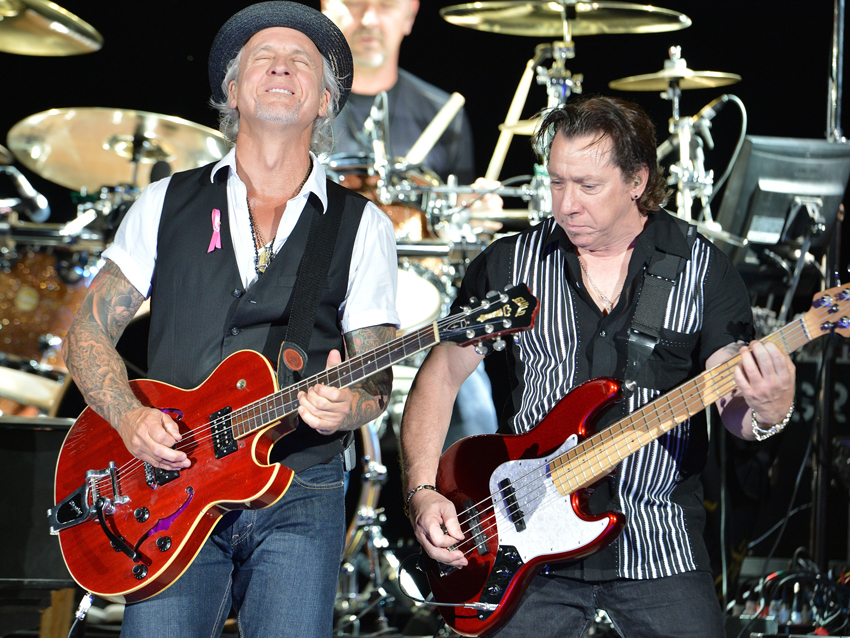
Explore all styles of music and technique
“There’s something good in everything. Think about this: besides the guitar, what’s the other instrument that’s really aggressive? Aggressive tone, aggressive to play? The saxophone! If you want to broaden your playing technique, listen to sax players. Somebody told me that years and years ago, and it’s really paid off.
“I listened to Charlie Parker, Eddie Vincent, Illinois Jacquet - all those guys. They had such great tone, and they dug in deep. If you learn those solos, you can employ those techniques in any kind of music you’re playing. Those guys burned when they did their thing. That intensity is a style you can translate to the guitar. Technique, tone, style - it’s all there in the saxophone.
“So try to broaden your horizons a little. Yes, listen to as many guitar players as you can, but don’t be afraid to check out what the other instrumentalists are doing. Chances are, you’re going to find something really cool that you can use when you pick up the guitar.”
Joe is a freelance journalist who has, over the past few decades, interviewed hundreds of guitarists for Guitar World, Guitar Player, MusicRadar and Classic Rock. He is also a former editor of Guitar World, contributing writer for Guitar Aficionado and VP of A&R for Island Records. He’s an enthusiastic guitarist, but he’s nowhere near the likes of the people he interviews. Surprisingly, his skills are more suited to the drums. If you need a drummer for your Beatles tribute band, look him up.
